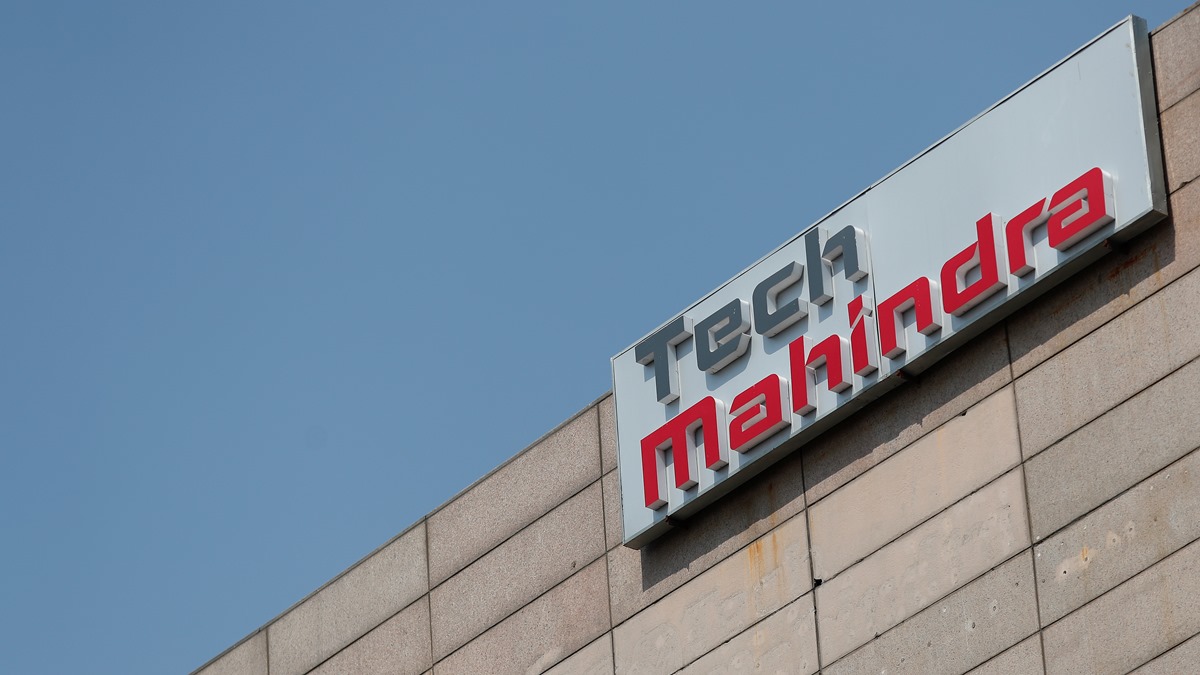After Indian Space Research Organisation’s scintillating start of 2024 with successful launch XPoSAT mission, Indian scientists have achieved yet another milestone. Now, India has joined a mega project – Square Kilometre Array Observatory (SKAO). This is not merely a single telescope but an intricate array comprising thousands of antennas, collectively operating as a singular vast unit dedicated to observing and studying celestial phenomena.
How did it start?
India’s involvement in the SKA dates back to its inception in the 1990s, with the Pune-based National Centre for Radio Astrophysics (NCRA) and other institutions actively contributing to its development. In 2021, the SKA Organisation (SKAO) was established as an intergovernmental organization, solidifying the multinational collaboration after years of negotiations in which India actively participated.
What’s India’s role in this project?
India’s primary contribution to the SKA lies in the development and operation of the Telescope Manager element—the neural network or software orchestrating the telescope’s functions. The NCRA, a unit of the Tata Institute of Fundamental Research, led an international team spanning nine institutions and seven countries to develop this critical software. The success of operating India’s largest network of radio telescopes, the Giant Metrewave Radio Telescope (GMRT) near Pune, positioned NCRA for this pivotal role within the SKA.
GMRT, operating within the 110-1,460 MegaHertz frequency range, has yielded significant scientific results, earning recognition as only the third facility in India to receive the Institute of Electrical and Electronics Engineers (IEEE) Milestone in 2021. Prime Minister Narendra Modi acknowledged this achievement, highlighting the astronomers’ contributions to deepening our scientific understanding of the universe using GMRT.
The SKA-India consortium includes engineers and scientists from over 20 national-level research institutions, such as the Aryabhatta Institute of Observational Sciences, Inter University Centre for Astronomy and Astrophysics, IIT-Kharagpur, IISER Mohali and Thiruvananthapuram, TIFR, Raman Research Institute, Indian Institute of Science, and Physical Research Laboratory. As part of a global effort, countries like the UK, Australia, South Africa, Canada, China, France, Italy, and Germany are also actively participating in building the SKA, collectively pushing the boundaries of astronomical observations for a more profound comprehension of the universe.




